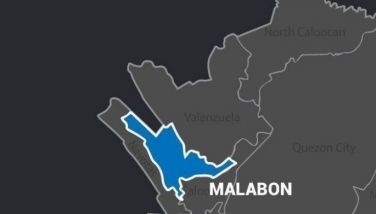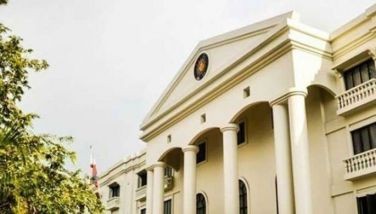Caloocan to ease traffic congestion
MANILA, Philippines — The Caloocan city government is implementing traffic management strategies and road improvement projects to ease congestion and improve travel efficiency.
In a statement released yesterday, the local government said Caloocan, being one of the most densely populated cities in the Philippines with over 1.7 million residents, faces persistent traffic congestion.
“Aside from being a highly urbanized city, which has seen and experienced remarkable economic growth in the past decade, Caloocan is the gateway to Metro Manila for the people living in the Northern part of the region and nearby provinces,” the statement read.
Because of this, a significant influx of vehicles and people is expected particularly during rush hour, it also reads.
The statement came after The 2024 Traffic Index, an annual study by transportation data company TomTom Traffic, ranked Caloocan as the 10th most congested city in the world and the third worst in the Philippines, following Davao and Manila.
Davao City, Manila and Caloocan ranked eighth, 14th and 26th, respectively, among 86 cities in the world with supposedly the worst traffic conditions.
According to the study, motorists in Caloocan spent an average of 27 minutes and one second to travel just 10 kilometers in 2024, slightly faster than the 27 minutes and 18 seconds recorded in Manila.
Davao recorded the slowest travel time in the country, with an average of 28 minutes and 17 seconds for a 10-kilometer trip, translating to approximately 107 hours lost to traffic annually for daily commuters.
Romando Artes, Metropolitan Manila Development Authority chairman, sought an explanation from TomTom on how it conducted its study, noting that the MMDA has its own system of monitoring road traffic in Metro Manila.
“If the MMDA internal monitoring (system) is followed, we would have a better ranking,” Artes said as he asserted that traffic in Metro Manila “somehow improved” after policies discussed during the “traffic summit” with President Marcos last year were put in place.
Meanwhile, the Armed Forces of the Philippines (AFP) is looking forward to a faster and more efficient deployment of troops once the Metro Manila Subway Project is completed.
AFP chief Gen. Romeo Brawner Jr. said the project, with one station located at Camp Aguinaldo, would provide a strategic advantage.
“Our soldiers, our civilian staff and their families will have increased access to reliable transit, allowing us to respond with greater speed and efficiency during emergencies,” Brawner said. — Ghio Ong, Michael Punongbayan
- Latest
- Trending
































